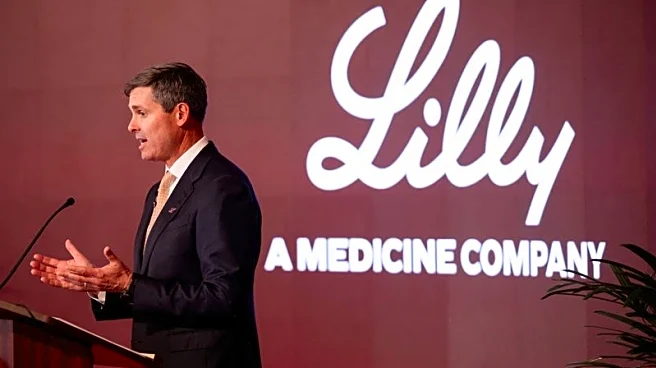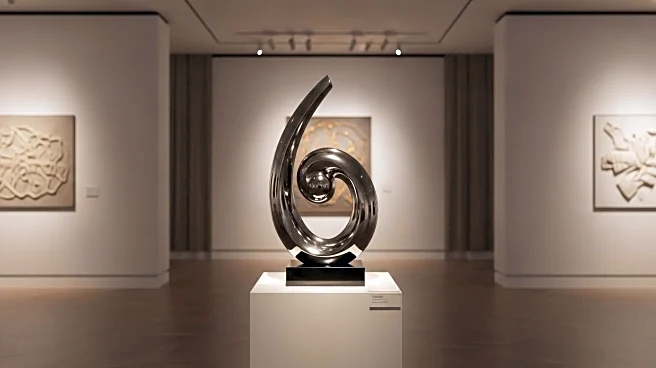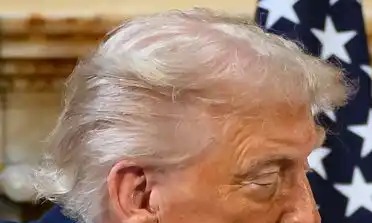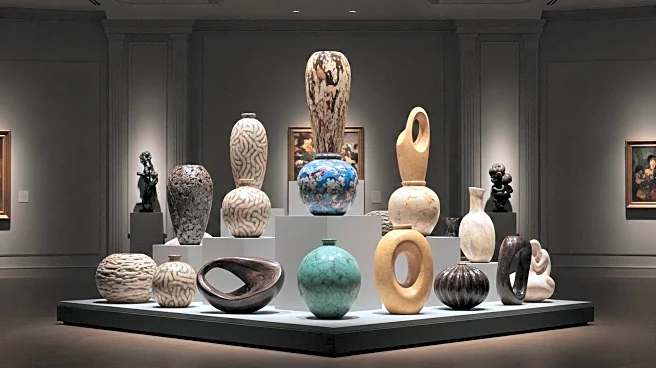What's Happening?
The UK art market is experiencing heightened enforcement of anti-money laundering (AML) regulations, as HM Revenue & Customs (HMRC) has issued significant fines to art market participants for procedural failures. DYS44 Art Gallery Limited in London received a fine of £158,679 for not conducting risk assessments, maintaining proper policies, and failing to perform due diligence. The gallery's director, Cesare Lampronti, acknowledged the situation and expressed efforts to comply with regulations. The fines reflect HMRC's shift from penalizing registration failures to scrutinizing operational compliance. The latest figures show an increase in penalties, with over 80 fines issued in a recent six-month period compared to 61 fines over the previous 20 months.
Why It's Important?
The increased scrutiny and fines by HMRC highlight the growing importance of compliance with AML regulations in the art market. This enforcement action underscores the need for art market participants to implement robust systems to prevent money laundering and criminal activities. The rising penalties indicate HMRC's commitment to ensuring that businesses actively manage AML risks. This development could lead to increased operational costs for art dealers and galleries as they strive to meet compliance requirements. The broader impact may include heightened awareness and improved practices within the art market, contributing to greater financial integrity and transparency.
What's Next?
Art market participants are likely to face continued pressure to enhance their compliance measures. HMRC's focus on operational compliance suggests that businesses will need to invest in staff training, risk assessments, and due diligence processes. The art market may see further regulatory developments as HMRC collaborates with stakeholders to raise awareness of AML responsibilities. Galleries and dealers may need to adapt to evolving regulations and potentially face more frequent checks and audits. The ongoing enforcement actions could lead to a more transparent and accountable art market, reducing the risk of illicit activities.











